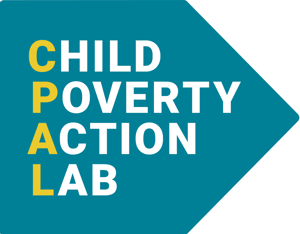
Craft narratives that move hearts and advance missions
Build storytelling that sticks (and scales)
Narratives shape how causes are understood, supported, and acted upon. Whether you’re uniting your field under a shared message or combating harmful counter-narratives, our work brings clarity to your communications strategy.
The Gradient difference
- Define the decision
We don’t just test language. We start by working with you to define what your narrative needs to accomplish, whether it’s aligning grantees, shifting public perception, or pushing back against oppositional messages. - Design targeted research
We design research that breaks your message into testable components. Using Private Opinion Research and Messaging Component Analysis, we uncover which narrative elements resonate most and surface the beliefs that often go unspoken. - Analyze & interpret
Our team of data scientists and PhD researchers immerse ourselves in the numbers. Beyond just the “what,” we pinpoint the “why”. We identify the emotional drivers and audience mindsets behind each message component so you can build narratives that connect on a deeper level. - Activate insights
We deliver adaptable narrative frameworks you and your grantees can use immediately. Whether it’s launching campaigns or responding to real-time challenges, you’ll communicate with clarity and confidence.

Survey methodologies that drive results
When it comes to contested narratives, what people privately believe may differ from what they’re willing to say out loud. List experiments, also known as Private Opinion Research, are how Gradient uncovers these hidden attitudes.
This powerful technique leverages statistical modeling to infer where people feel pressure to withhold their private thoughts. This technique allows your organization to:
- Reveal hidden buy-in to stigmatized or politically sensitive counternarratives.
- Avoid social desirability bias that can distort traditional survey results.
- Pinpoint surprising areas of support or resistance across audience segments, especially where assumptions about public opinion may mislead.
Narratives are made of parts: values, metaphors, messengers, tones. Messaging Component Analysis breaks these components apart, tests them in various combinations, and identifies which elements are most persuasive to your audience.
Through our experimental approach, we can capture how powerful a mix of a moral frame, a call to action, a trusted voice, or an emotional appeal might be. This approach:
- Identifies the building blocks of a successful narrative, including not just what works, but why.
- Helps prioritize narrative investments, focusing on the elements that drive the most audience movement.
- Tests combinations that appeal to different audiences without diluting your core mission, values, or voice.
Once your organization’s core narrative is established, split-sample A/B testing helps refine it for specific contexts, audiences, or grantees. This method involves exposing randomly selected audience groups to different message versions, e.g., alternate taglines, imagery, or value framing, and measuring the comparative impact on key outcomes. A/B testing is particularly effective for:
- Equipping your field with ready-to-use insights, such as determining which version works best for specific sub-audiences or geographic regions.
- Combating oppositional narratives by testing reframing tactics that neutralize harmful counterarguments or shift blame-oriented messaging.
- Applying the more general narrative framework to specific contexts and situations.
Success stories at a glance

We partnered with Think Tank Populace to redefine the American Dream by quantifying how individuals define success, and how that definition diverges from traditional societal narratives.
Read more



Trusted by leading organizations
















